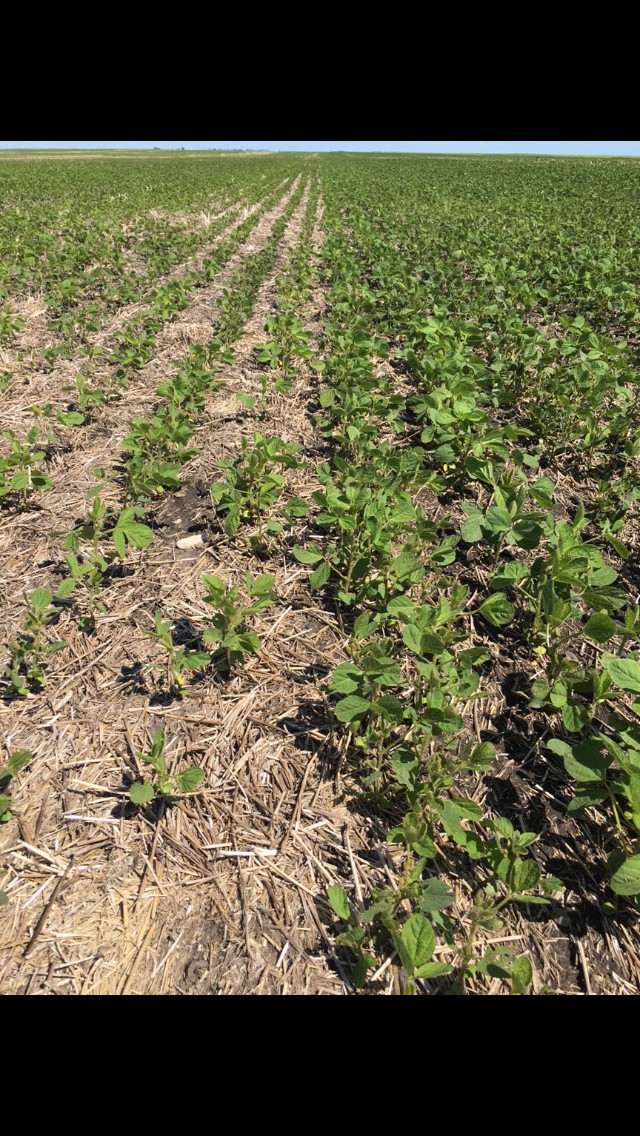We use ligno humate in our 28-0-0 at seeding time , 1/2 lt /ac
Going to seed treat all peas this year
Follow up with 1/2 lt /ac in crop in peas at first flower / fungicide time
Wheat at herbicide and late flag / early heading.
Not economically conclusive yet in crop on canola that we have seen yet.
Seeing a 4-1 payback in peas , 3-1 in wheat.
Not a "humate" product so to speak but similar results.
Going to seed treat all peas this year
Follow up with 1/2 lt /ac in crop in peas at first flower / fungicide time
Wheat at herbicide and late flag / early heading.
Not economically conclusive yet in crop on canola that we have seen yet.
Seeing a 4-1 payback in peas , 3-1 in wheat.
Not a "humate" product so to speak but similar results.


Comment